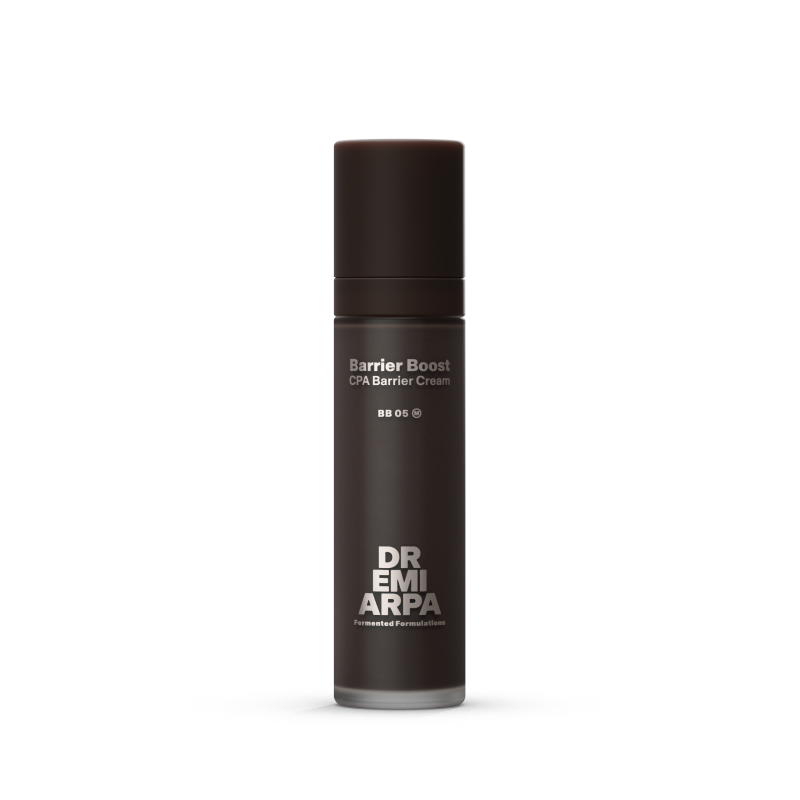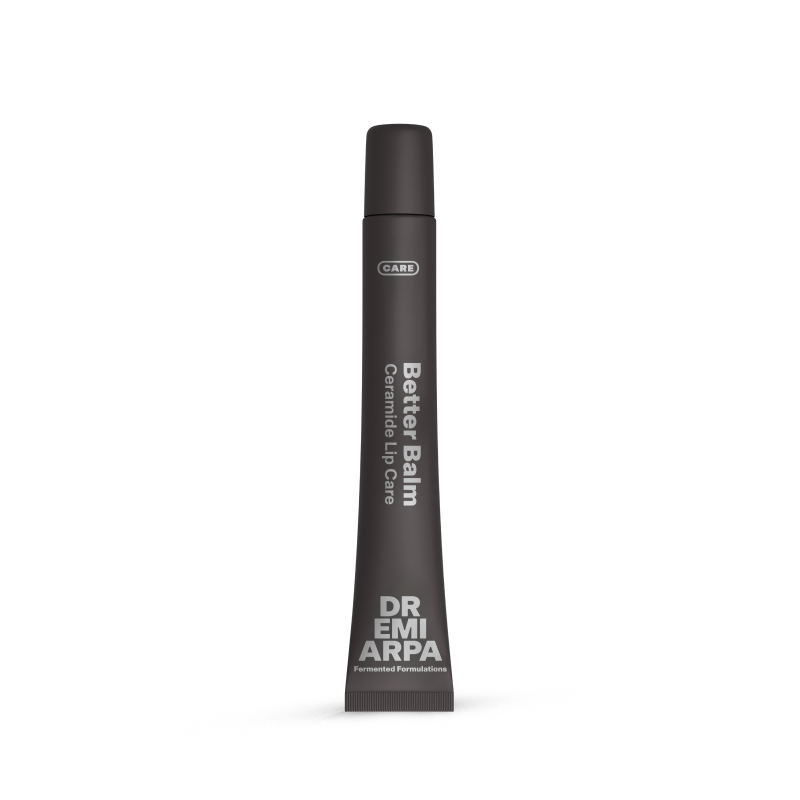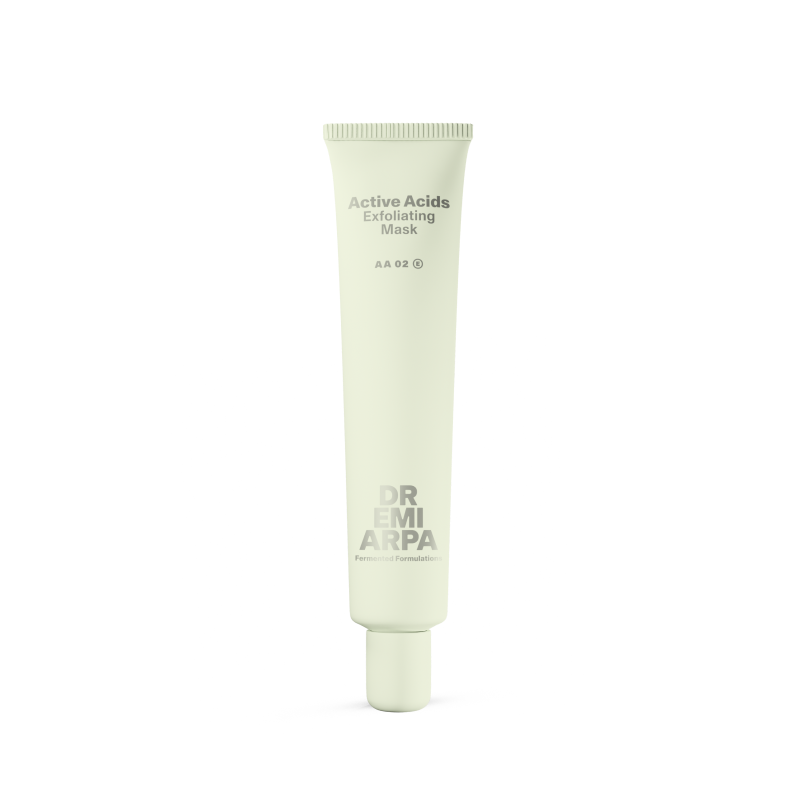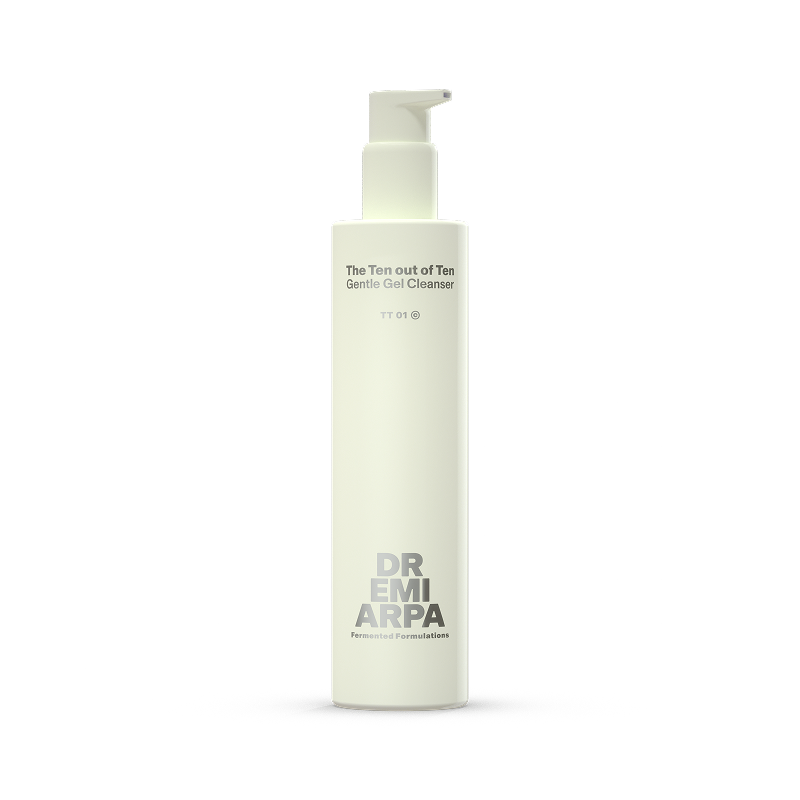PSEUDOZYMA EPICOLA/CAMELLIA JAPONICA SEED OIL FERMENT EXTRACT FILTRATE
Share
Das fermentierte Kameliensamenöl, bekannt als Camellia Japonica Seed Oil Ferment Extract Filtrate, wird mithilfe von Hefen der Gattung Pseudozyma gewonnen. Durch die Fermentation entstehen bioaktive Komponenten, die die hautpflegenden Eigenschaften des Öls verbessern können.(1-3) Fermentiertes Öle zeichnen sich durch feuchtigkeitsspendende, antioxidative und pflegende Eigenschaften aus.(1, 4) Auch Kameliensamenöl eignet sich zur Pflege von Haut und Haar.(4) Eine in-vivo Studie zeigte zudem, dass fermentierte Öle die mikrobielle Vielfalt der Haut (Alpha-Diversität) erhöhen und das Hautmikrobiom positiv beeinflussen können.(1)
(1) Ciardiello, T., Pinto, D., Marotta, L., Giuliani, G., & Rinaldi, F. (2020). Effects of fermented oils on alpha-biodiversity and relative abundance of cheek resident skin microbiota. Cosmetics, 7(2), 34.
(2) Yoon, I. S., Park, D. H., Kim, J. E., Yoo, J. C., Bae, M. S., Oh, D. S., Cho, S. S., et al. (2017). Identification of the biologically active constituents of Camellia japonica leaf and anti-hyperuricemic effect in vitro and in vivo. International Journal of Molecular Medicine, 39(6), 1613–1620.
(3) Pereira, A. G., Garcia-Perez, P., Cassani, L., Chamorro, F., Cao, H., Barba, F. J., Simal-Gandara, J., & Prieto, M. A. (2022). Camellia japonica: A phytochemical perspective and current applications facing its industrial exploitation. Food Chemistry.
(4) Herstellerangaben
META DESCRIPTION: Das fermentierte Kameliensamenöl, bekannt als Camellia Japonica Seed Oil Ferment Extract Filtrate, wird mithilfe von Hefen der Gattung Pseudozyma gewonnen.






